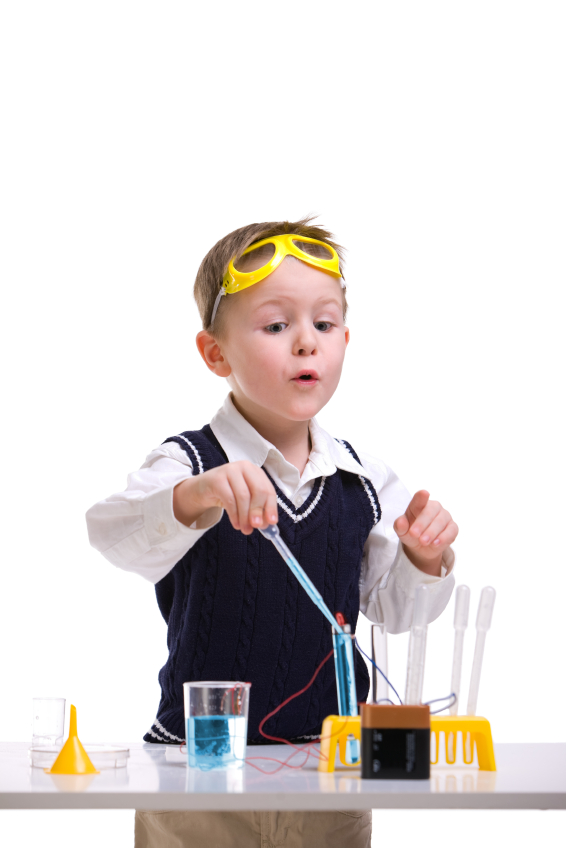Guest post by Meredith Resnick (M.Ed. & M.A.) of labelsnotlimits.com Many parents are wary of creative projects if they don’t consider themselves particularly artistic or crafty. I understand this, as I am a former-fearful-crafty-mom myself! In the past, when asked
Score Well in Math
Inspired by Super Bowl Sub Game from Teaching Math to People with Down Syndrome and Other Hands On Learners Now that pre-season football has begun and families have started to think about afterschool sports, here’s a fun way to remember
Yoga for Young’Uns
Yoga is one kinesthetic activity that kids can enjoy no matter which multiple intelligence lens they prefer to look at the world–just select an appealing entry point below: Visual-Spatial kids: Without worrying about movement flow at first, challenge your “Picture
Autobiographical Cube
Inspired by an activity in Multiple Intelligences in the Elementary Classroom: A Teachers Toolkit by Susan Baum, Julie Viens and Barbara Slatin. Take a square box (or die) and put 4 of your child’s FAVORITE multiple intelligences on the sides
Picture Perfect
Inspired by 7 Kinds of Smart by Thomas Armstrong, Ph.D. The mystery of whether or not eidetic memory exists was solved for me in 7th grade when Peter M. was able to recite exact words and passages from a history
Pressed for Time
Inspired by 7 Times Smarter by Laurel Schmidt Supplies Needed: thick book (old phone books work well), kleenex or toilet paper, construction paper or cardboard and glue stick or craft glue Take your child on a nature walk in your
10 Tips When Helping Your Children to Choose Their Science Fair Projects

Science fair season has become increasingly more competitive. This is because the stakes at these events are no longer limited to ribbons and plaques. There are big money rewards to be won and chances to impress college entrance boards as
Streams, Sculptures & Screens
Introduce your kids to the visual natural masterpieces of Andy Goldsworthy. Then, go on an outdoor “explore” with your kids and your camera phone with the intention of creating your own natural mixed medium masterpieces. As with Andy’s work, your
Paint by Part of Speech
Brush up your budding artist’s English skills by transforming a paint-by-numbers download into a a paint-by-part-of-speech. (Or rhyming words for the little ones.) 1. Download a paint by numbers drawing off the internet (this one came from http://allkidsnetwork.com/color-by-numbers/) 2. Import

